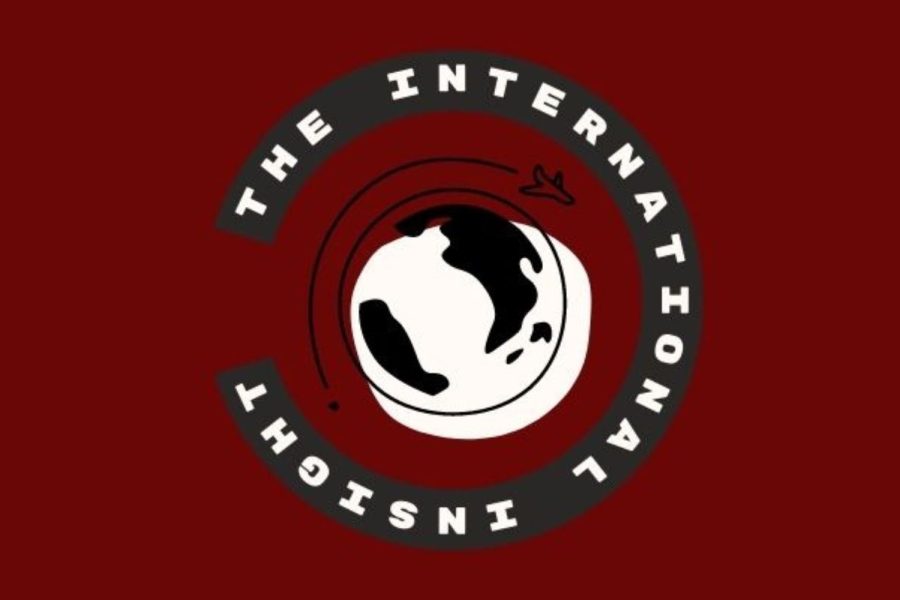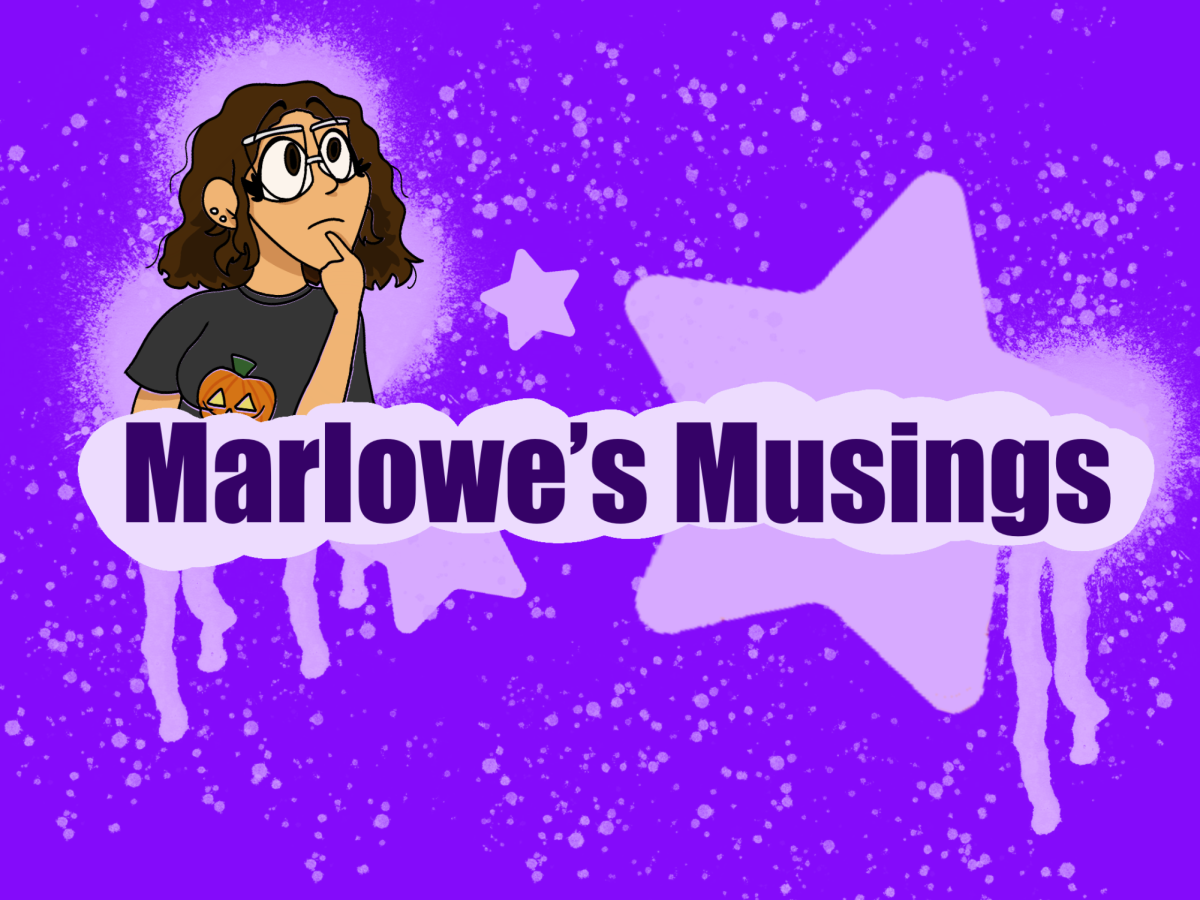Monday marked one year since the start of the war between Israel and Hamas in Gaza. As the war enters its second year, it’s crucial to understand both the scope and situation in which this conflict took place.
One year in numbers —
A conflict that started with about 250 hostages has now led to the death of over 40,000 Palestinians and at least 1000 people in Israel. Over 90,000 Palestinians have been injured and nearly 2 million displaced, not to mention the 60,000 displaced and about 7000 injured Israelis.
Of those initial hostages taken by Hamas one year ago, 140 have made it out alive and at least 41 have died in captivity (including 2 individuals taken hostage prior to October 7), leaving 71 individuals still held by the terrorist organization.
The gruesome situation in Gaza is only exacerbated by the humanitarian crisis that unfolded alongside the war, with 19 hospitals of the 36 hospitals housed in Gaza prior to the war completely unable to function and the remaining far from operating at full capacity.
In addition to a blighted healthcare system, Palestinians in Gaza are also facing widespread food shortages with an estimated 495,000 people thought to face food insecurity. Countless schools, homes, and other buildings have been damaged, leaving the Palestinian infrastructure in shambles.
Over 120 journalists, 312 Israeli soldiers and police officers, 280 aid workers, and 500 health care workers have succumbed to the war between Israel and Hamas in just 12 months.
A bird’s eye view of the conflict —
The war in Gaza started on October 7, 2023 with the invasion of Israel by Hamas, leading to the death of over 1000 Israelis and 250 hostages being taken.
However, the conflict between Israel and Palestine has been brewing for a very long time, as International Insight has previously examined.
Israel was formed in the wake of World War II and the Holocaust, fueled by a growing movement for a homeland for the Jewish people. The land that Israel spans today was originally part of the Ottoman Empire and was seized by Britain following World War I.
Both the Jewish people and Palestinian Arabic people viewed Israel, then known as Palestine, as their rightful homeland, exacerbated by the rapid influx of Jewish people into the Arab majority nation.
To mitigate the growing tensions, the United Nations, in 1947, proposed a plan that divided the territory into separate nations, one for the Jewish people and one for the Arab people, with Jerusalem being shared between the two states. While this plan was approved by the UN and the leaders of Jewish people, the Arab people rejected the plan, further worsening the situation in the area.
In 1948, the British ceased their intervention in the area, ultimately facilitating the creation of Israel by the Jewish side, much to the Arab side’s chagrin. Fighting broke out between the groups and after much bloodshed, Israel appeared to have won with most of the land under its control, while hundreds of thousands of Palestinians were displaced.
Jordan ended up occupying what is today known as the West Bank and Egypt modern-day Gaza, both of which are areas that house the majority of Arab Palestinians today, along with neighboring nations of Lebanon and Syria.
It was this very conflict that led to the formation of Hamas, a movement centered around the creation of a Muslim nation in modern-day Israel and Palestine, and the organization’s control over the Gaza Strip in the late 2000s.
And it was this very conflict that ultimately led to the gruesome events of October 7, 2023 and the needless deaths in the 366 days that followed.
As we move forward into the second year of the war in Gaza that has left countless lives and families in shambles, we must — as one planet — endeavor to put an end to gratuitous bloodshed that overtook both Israel and Palestine this past year. Only if we make a unified, active effort to achieve peace will we ever see a resolution to this decades-long conflict.












